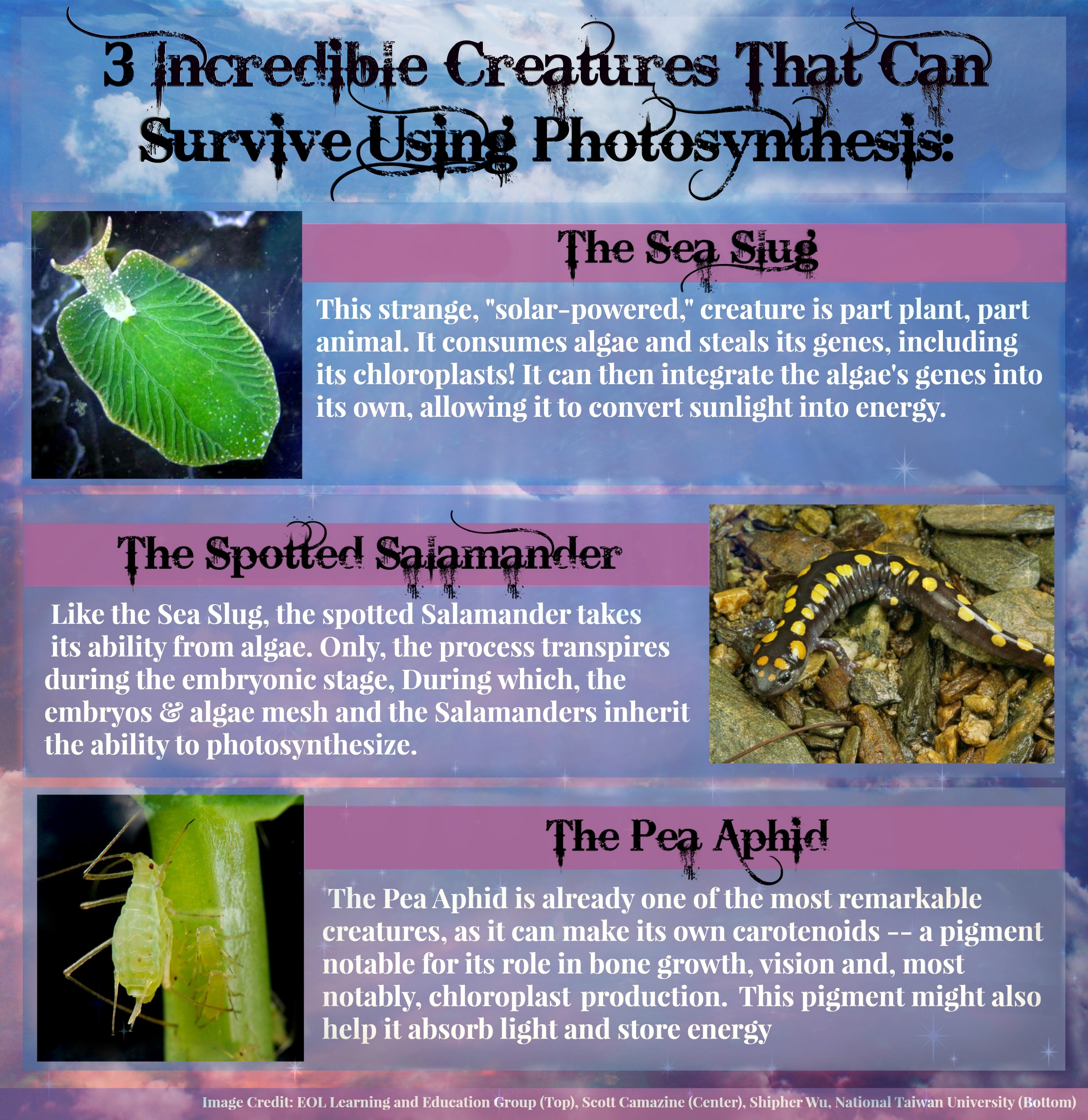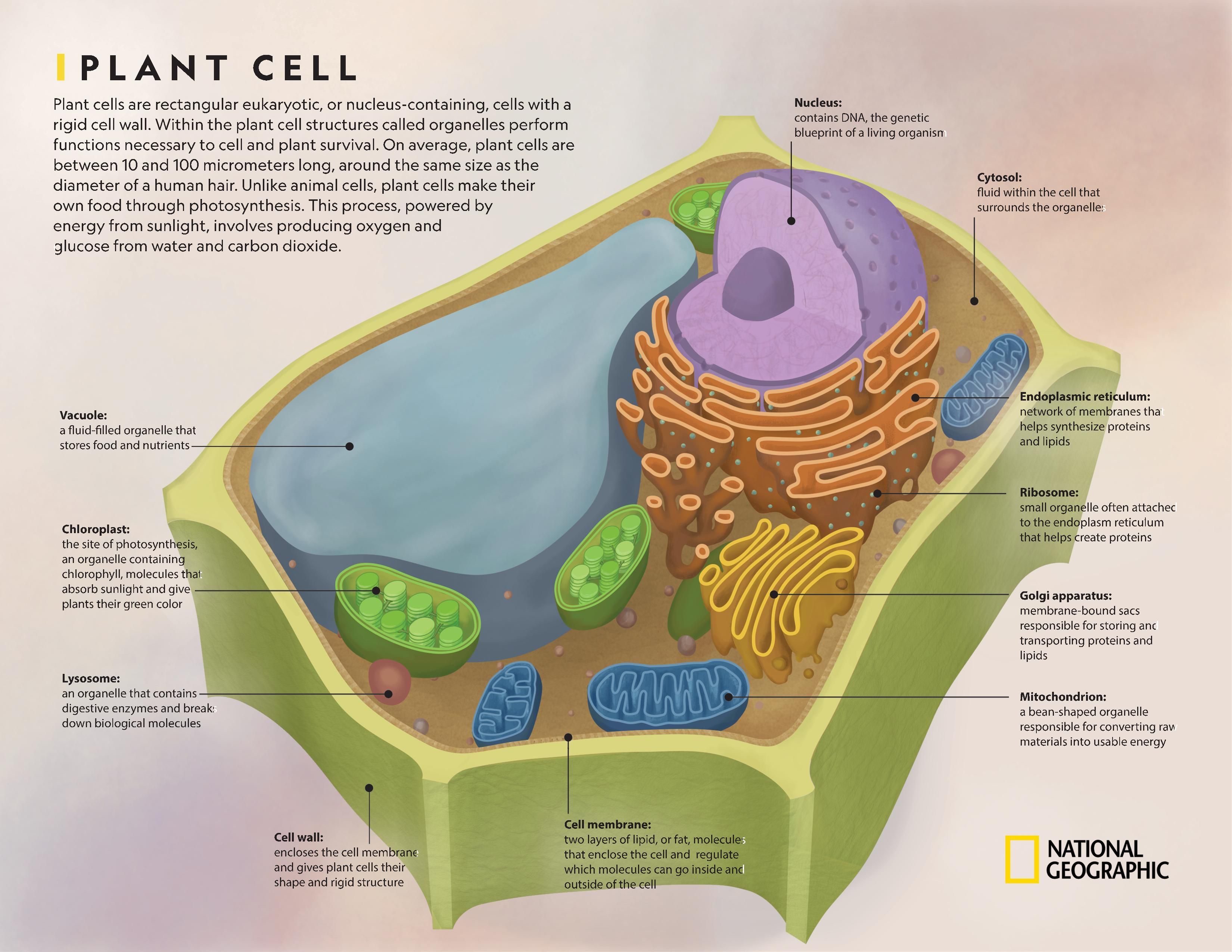Why Do Animals Not Have Chloroplasts

Plant cells have a cell wall but animals cells do not.
Why do animals not have chloroplasts. Animal cells do not have chloroplasts. Thats because animals are heterotrophic they cannot prepare their own food. Chloroplasts enable plants to perform photosynthesis to make food.
Fundamentally its because animals are descended from unicellular eukaryotes that never acquired chloroplasts probably because the split between animals and plants occurred before the plant ancestors formed an endosymbiotic relationship with cyanobacteria. Animal cells each have a centrosome and lysosomes whereas plant cells do not. Why do plant cells have chloroplasts and cell walls.
Both plant and animal cells are eukaryotic so they contain membrane-bound organelles like the nucleus and mitochondria. Animal cells do not have chloroplasts. Why do plant cells have chloroplasts and animal cells do not.
These cells also have many chloroplasts in order to trap as much light as possible. So the answer is no. The extra sugar that the plant does not use is stored as Chloroplasts are the food producers of the cell.
Animal cells dont have chloroplasts because animals arent green plants. Animal cells dont contain chloroplasts because they do not produce their own food. Then explain why the evidence supports your claim.
Plants cells use photosynthesis from the sun which requires them to have chloroplast filled with chlorophyll to complete this function. Plant cells have chloroplasts but animal cells do not. Plants produce their own food via photosynthesis because they are at the bottom of the food chain - they are the producers whereas animals eat either plants or other animals.

















